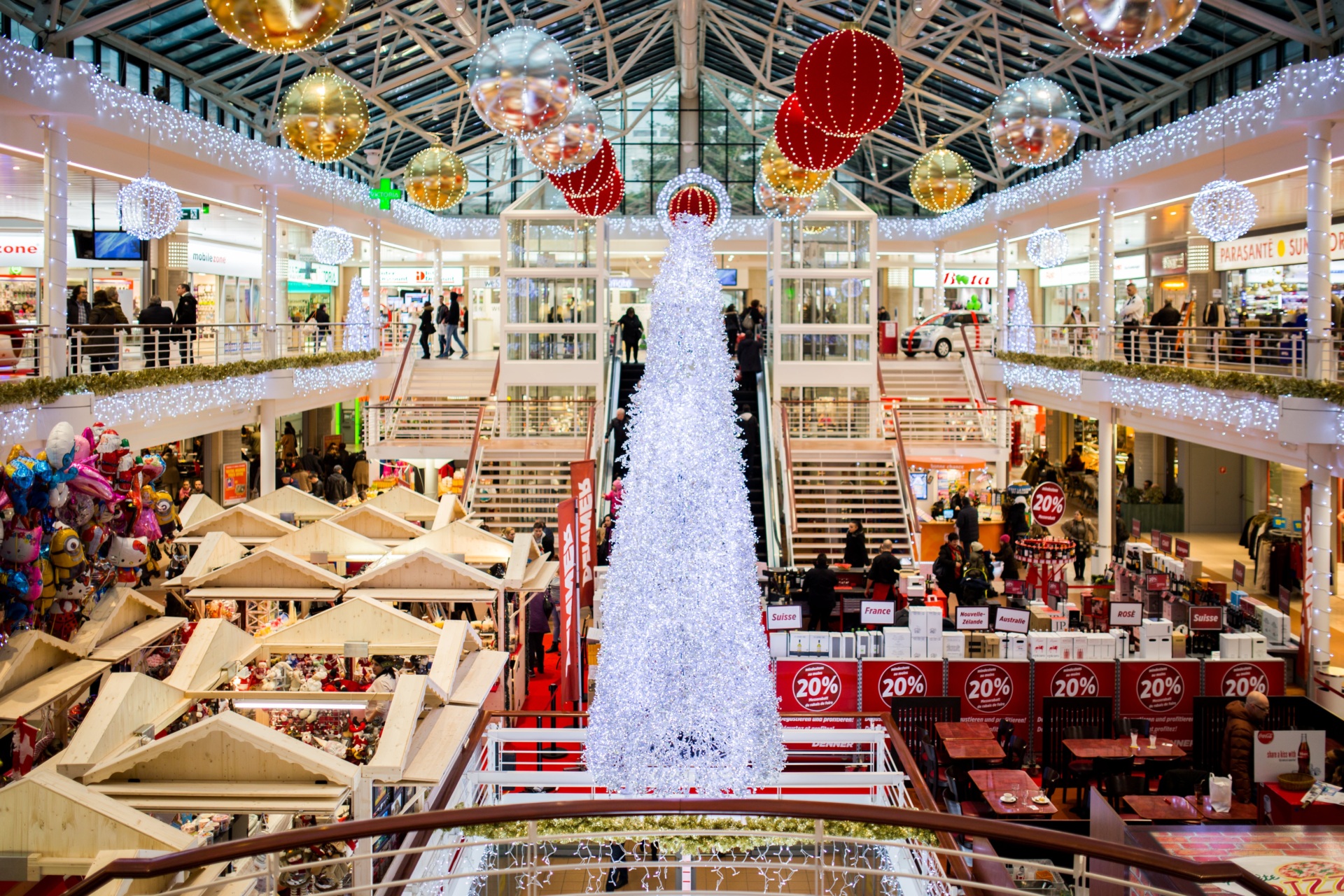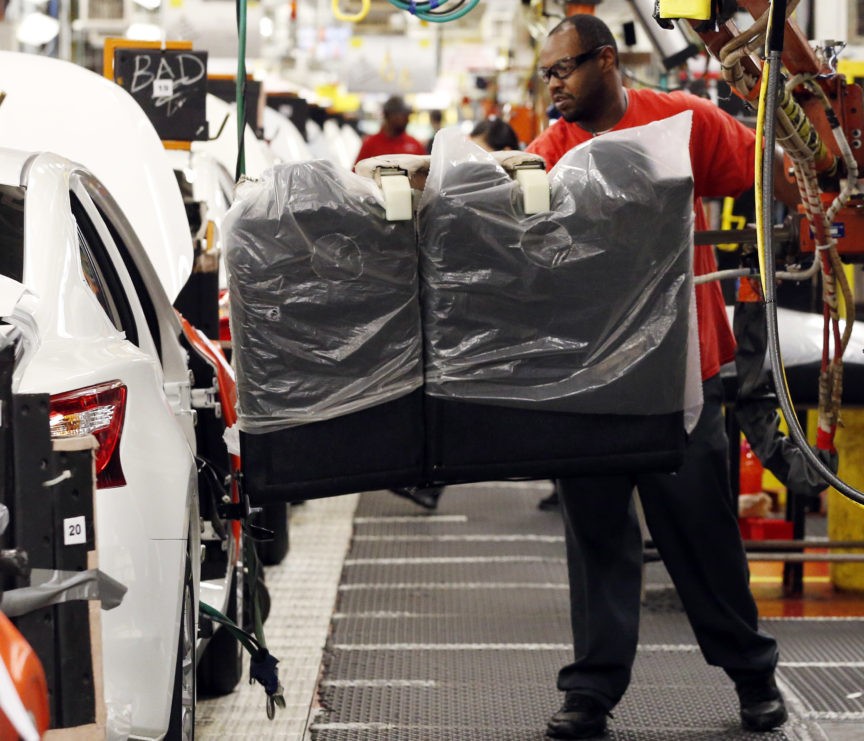It is the best of worlds and the worst of worlds—but in reverse.
What we mean by this is that the flood economic data coming in on Thursday mostly suggested an economy limping toward the new year. This would normally be the worst of news since it increases the odds of a recession and suggests that some of the strength we saw in late autumn may have been, well, transitory.
In an economy still struggling with persistently high inflation, however, the slowdown may be the “best of worlds.” Federal Reserve Chairman Jerome Powell has very explicitly said we likely need to achieve below-trend growth through reduced aggregate demand in order to tame inflation. So anything suggesting growth slowing, or even a recession being pulled forward in time, is a positive sign in the longer-term.
On Thursday, the Commerce Department reported that November retail sales came in well below expectations. After a stronger-than-expected 1.3 percent gain in October, sales were expected to moderate to a 0.1 percent loss. Instead, November retail sales were off by 0.6 percent.
If you are getting a sense of what Yogi Berra liked to call “deja vu all over again,” you are not alone. Last year, we saw the same pattern play out. Stronger than expected October sales fueled forecasts for strong sales in the traditional holiday shopping season. Those hopes were dashed when it turned out that early holiday shopping was not adding all that much to the cumulative total. Instead, it was pulling forward sales that otherwise would have happened in November and December. We think we’re seeing that play out again this year.
Why has the holiday shopping season been pulled forward? Memories of shortages and supply chain problems from the pandemic are likely playing a role. People were punished for shopping late and rewarded for shopping early during the pandemic, and this may have been habit-forming. Similarly, inflation rewards buying early. If prices of, say, men’s outdoor wear are going to jump 3.7 percent in a single month—which they did in November—it’s better to buy dad that sweater in October. Consumers paid 0.9 percent more for appliances in November than they did in October.

(Photo: Negative Space/Pexels)
Higher interest rates may be playing a role too. Even where prices are not increasing all that much, products that need debt financing are becoming more expensive. Autos were flat in November, but interest rates on auto loans have been climbing. So sales at auto dealers were weak in November after a stronger showing in October likely because consumers are trying to get their financing locked-in before rates go even higher. The same could be true for major appliances, explaining the 1.5 percent decline in sales at appliance and electronic stores.
Interestingly, retailers seem less confused about this change of consumer habits than Wall Street’s analysts. Retail inventories fell 0.2 percent in October compared with the previous month, even as wholesale and manufacturer inventories climbed. This appears to be a change from last year, when retailers widely misread the consumer in the final quarter of the year. It helps, of course, that sales were so strong in October.
There’s a bit of a warning in the mix of business inventories. The fact that inventories are climbing at the wholesale and producer level but not at the retail level could be an indication that final demand is falling faster than the companies further up the chain anticipated. That’s likely to lead to a slowdown in production and inventory accumulation, which are negatives for economic growth.
This could explain the November slowdown in factory production. The Federal Reserve said on Thursday that factory production dropped 0.6 percent in November, which was more than twice as much as the most pessimistic forecast included in the Econoday consensus estimate. This nicely rhymes with the 0.6 percent decline in retail sales and is close to the 0.5 percent increase in wholesaler and manufacturer inventories. It suggests that businesses are seeing what is happening to consumer demand and stepping down production and stockpiling.

A technician works on the assembly line at the Nissan Canton Vehicle Assembly Plant in Canton, Mississippi, on April 6, 2016. (AP Photo/Rogelio V. Solis)
On the other side of the ledger, however, is the labor market. Initial claims for jobless benefits unexpectedly fell to 211,000, the lowest level since September. Recall that back then the economy was just concluding a quarter in which GDP grew at a 2.9 percent annual rate. The idea that layoffs are at that level in a quarter that was supposed to see very little growth and be at the edge of a recession is confounding. With retail sales coming in below expectations, why aren’t more workers being laid off?
We know that Powell and his fellow Federal Reserve officials regard softening of the labor market as a prerequisite to getting inflation down to the two percent target. Indeed, it is fair to say that until the labor market does cool off, the Fed will not stop hiking interest rates. So the “good news” of plummeting levels of jobless claims may matter more than all of the “bad news” data from sales, inventories, and production combined.

COMMENTS
Please let us know if you're having issues with commenting.